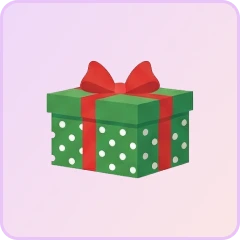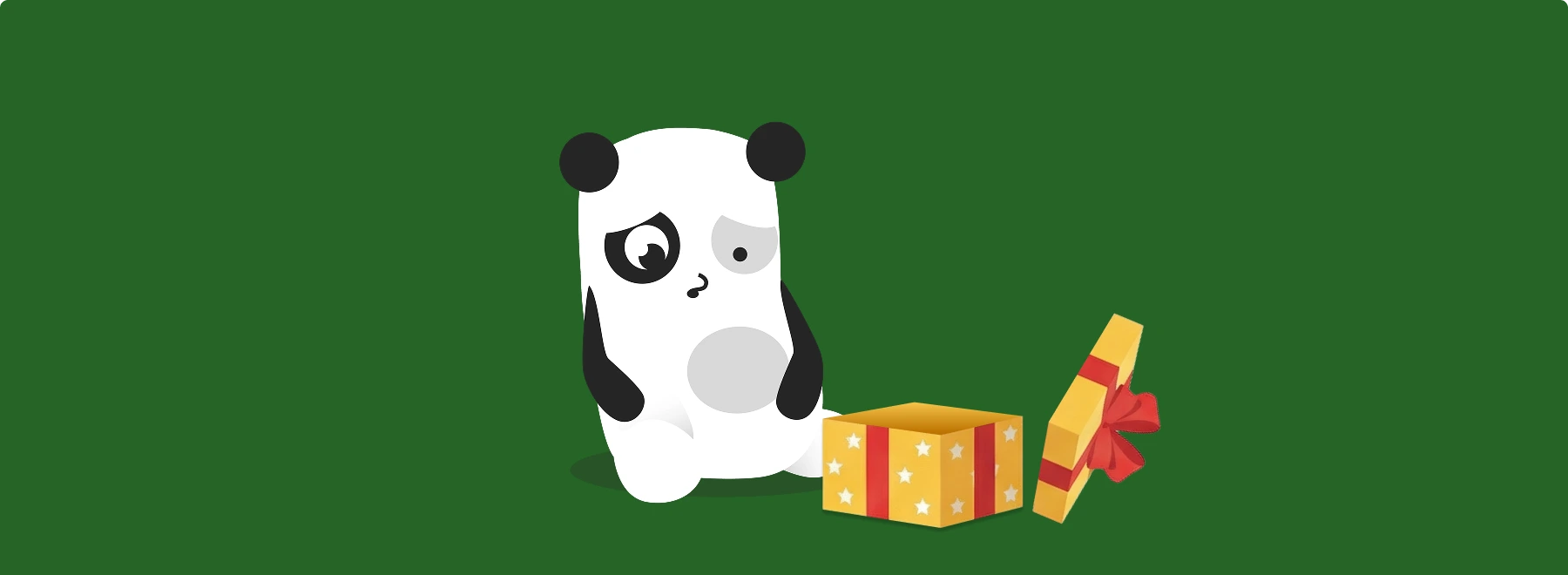Choosing the perfect engagement ring is an exciting yet sometimes daunting task. The ring symbolizes love and commitment, making it a significant decision. With numerous styles, materials, and traditions to consider, the process can be simplified by understanding key factors. This guide will help you navigate the journey to finding an ideal ring that combines beauty, quality, and personal significance.
Understanding the 4 Cs
The 4 Cs—Cut, Color, Clarity, and Carat—are essential criteria for evaluating diamonds. These elements help balance quality and budget effectively.
1. Cut: The cut refers to how well a diamond has been shaped and faceted. A well-cut diamond reflects light beautifully, enhancing its sparkle. It is often considered the most crucial of the 4 Cs because it directly affects the stone’s brilliance.
2. Color: Diamond color ranges from D (colorless) to Z (light yellow or brown). Colorless diamonds are rarer and more expensive. However, the difference in color is often subtle and can be influenced by the setting and surrounding metals.
3. Clarity: Clarity measures the presence of internal or external imperfections, known as inclusions and blemishes. Diamonds with fewer and smaller inclusions are more valuable. The clarity scale ranges from Flawless (FL) to Included (I1, I2, I3).
4. Carat: Carat weight measures a diamond’s size. Larger diamonds are rarer and thus more expensive, but the carat weight should be considered alongside cut, color, and clarity to maximize beauty and value.
Choosing the Right Setting
The setting of an engagement ring holds the gemstone securely and complements its beauty. Popular settings include:
1. Prong Setting: The most common setting uses small metal claws to hold the diamond, allowing maximum light to enhance the stone’s brilliance.
2. Bezel Setting: This setting encircles the diamond with a thin metal rim, providing excellent protection and a modern, sleek look.
3. Pavé Setting: Small diamonds are set closely together, creating a continuous sparkle. This setting adds glamour and makes the center stone appear larger.
4. Halo Setting: A central diamond is surrounded by smaller diamonds, enhancing the center stone’s size and sparkle. This setting is perfect for those who love extra brilliance and a vintage feel.
5. Channel Setting: Diamonds are set in a row between two metal channels, offering a secure and streamlined look, ideal for a contemporary style.
Selecting the Metal
The metal of the ring band significantly influences the ring’s overall look and durability. Common choices include:
1. Platinum: Known for its durability and hypoallergenic properties, platinum is a premium choice. It has a natural white luster that enhances the brilliance of diamonds.
2. White Gold: White gold offers a similar look to platinum but at a lower cost. It is usually rhodium-plated to enhance its whiteness, though it may require re-plating over time.
3. Yellow Gold: A classic choice, yellow gold provides a warm, rich glow. It is durable and complements diamonds of lower color grades by masking any yellowish tint.
4. Rose Gold: Increasingly popular for its romantic and vintage appeal, rose gold is created by alloying gold with copper. It is durable and suits various skin tones.
Considering Personal Style
An engagement ring should reflect the wearer’s personal style. Consider the following aspects:
1. Lifestyle: For someone with an active lifestyle or a hands-on job, a durable setting like bezel or channel may be more practical.
2. Fashion Preferences: Pay attention to the jewelry they currently wear. Do they prefer modern, minimalist designs, or are they drawn to vintage, intricate styles? This can guide your choice of setting and metal.
3. Sentimental Value: Some may value a family heirloom or a gemstone with personal significance. Incorporating such elements can make the ring even more special.
Budgeting Wisely
Setting a budget is a crucial step in the engagement ring selection process. While traditional guidelines suggest spending two to three months' salary, it’s essential to choose a budget that feels comfortable for you. Remember, the emotional value of the ring far outweighs its monetary cost.
1. Prioritize the 4 Cs: Decide which of the 4 Cs is most important to you and allocate your budget accordingly. For instance, if brilliance is paramount, prioritize the cut.
2. Consider Alternative Gemstones: Diamonds are the traditional choice, but other gemstones like sapphires, rubies, or emeralds can be equally stunning and often more affordable.
3. Lab-Grown Diamonds: These diamonds are chemically and physically identical to natural diamonds but come at a lower cost. They are an excellent option for those looking to maximize their budget.
Ethical Considerations
Many couples today are concerned about the ethical sourcing of their engagement ring. Consider the following:
1. Conflict-Free Diamonds: Ensure your diamond is conflict-free by choosing suppliers who adhere to the Kimberley Process, which aims to prevent the trade in conflict diamonds.
2. Fair Trade Gold: Opt for fair trade gold, which ensures fair wages and environmentally responsible mining practices.
3. Recycled Metals and Vintage Rings: Choosing recycled metals or vintage engagement rings reduces the demand for new mining and can be a sustainable choice.
Conclusion
Choosing the perfect engagement ring is a deeply personal journey that combines knowledge, thoughtful consideration, and emotion. By understanding the 4 Cs, selecting the right setting and metal, considering personal style, budgeting wisely, and prioritizing ethical choices, you can find a ring that not only dazzles but also holds profound meaning. Remember, the most important aspect of an engagement ring is the love and commitment it represents. Happy ring shopping!
More info: hancocks-london.com

 Dark Mode
Dark Mode 

 No fees, cancel anytime
No fees, cancel anytime 




















































0
0